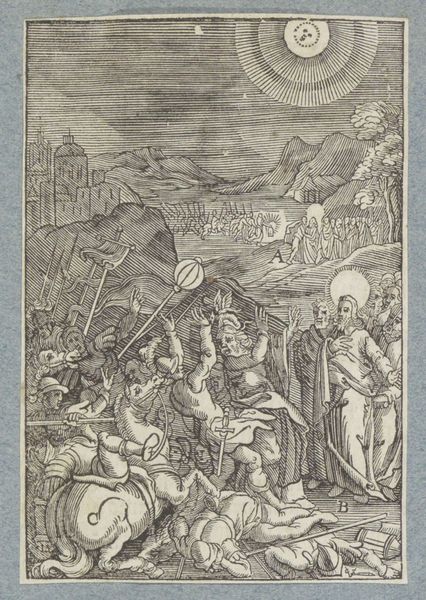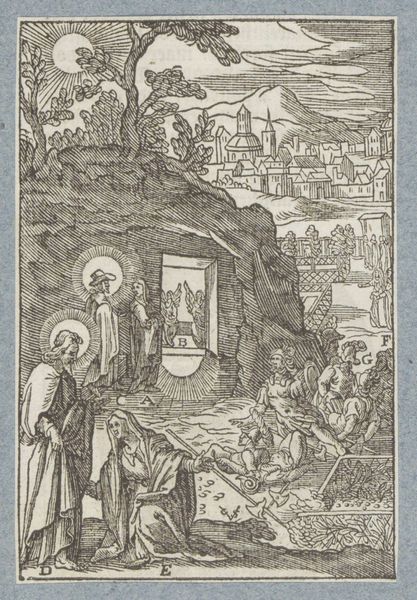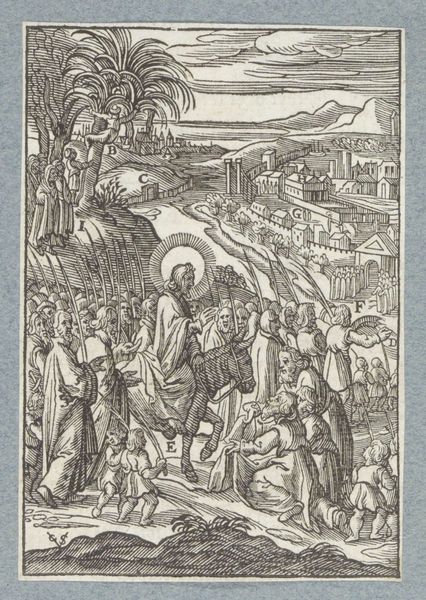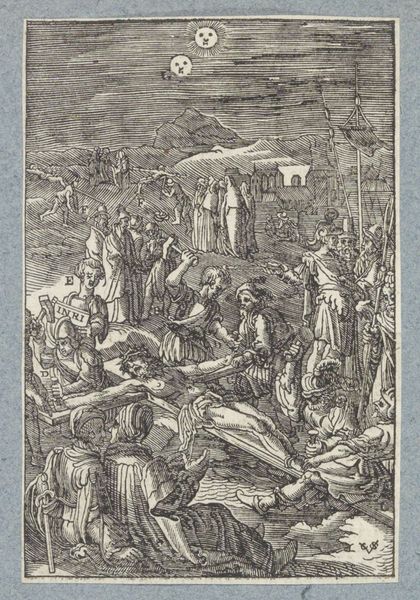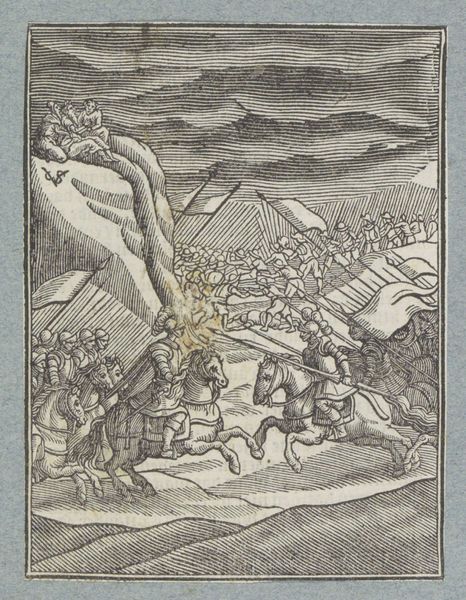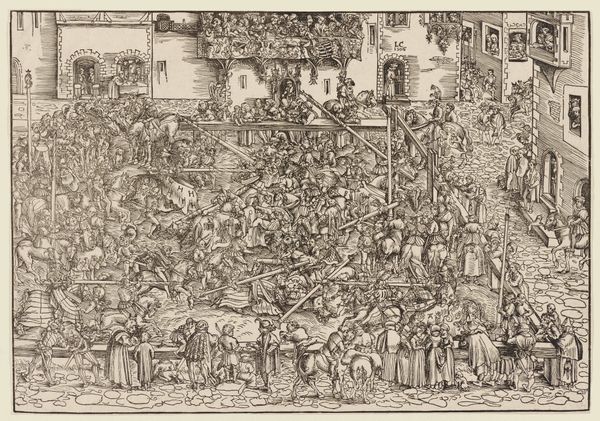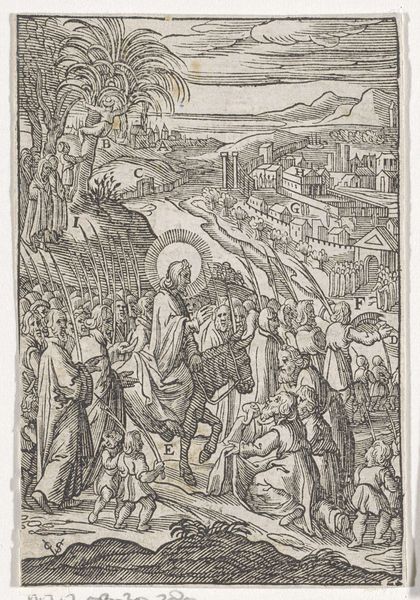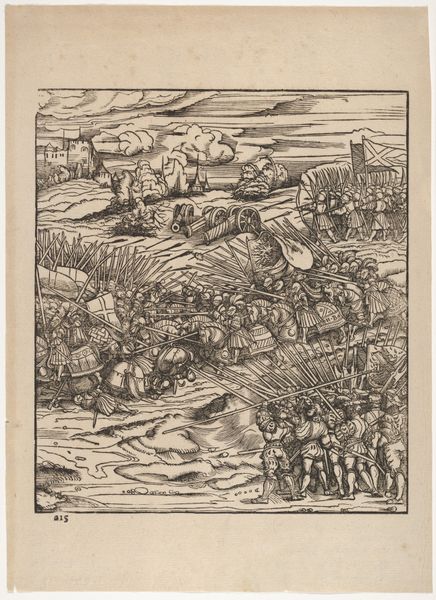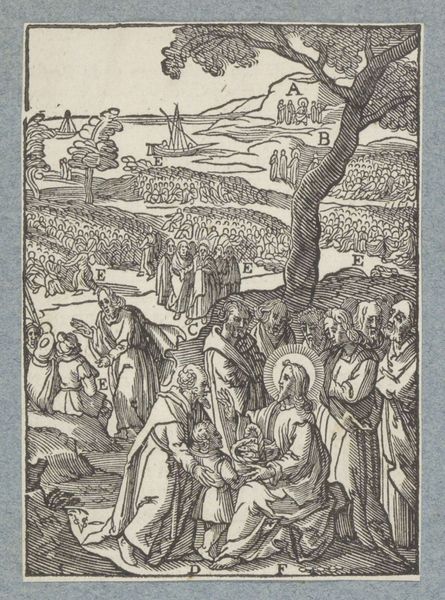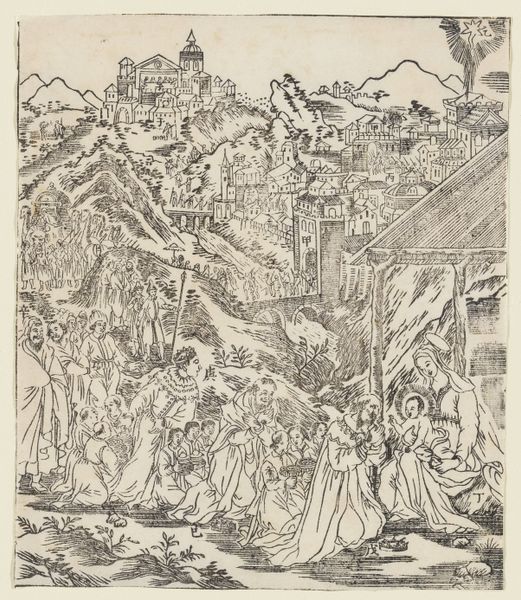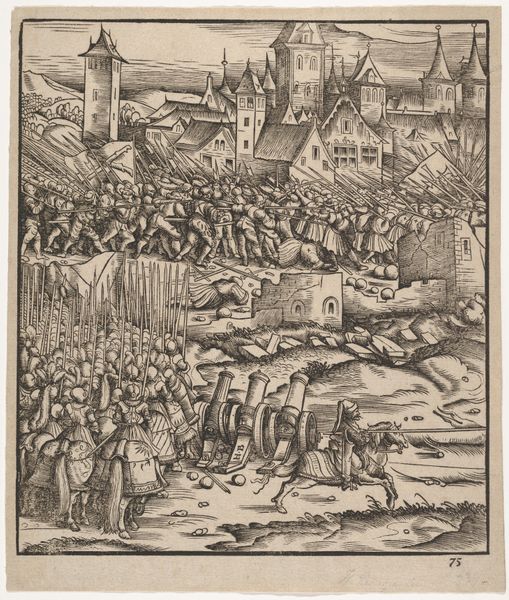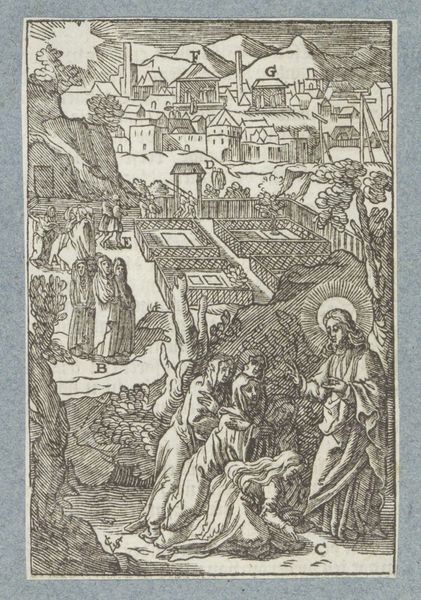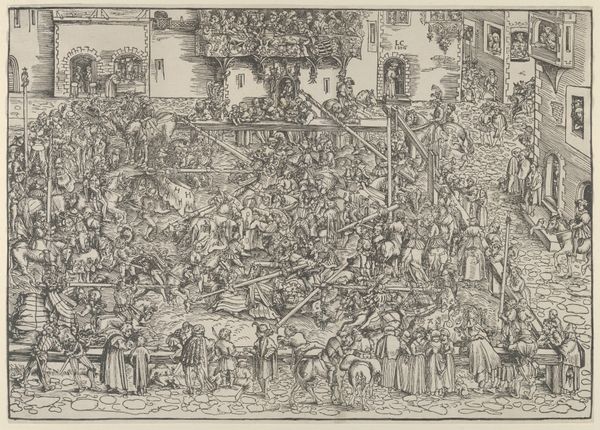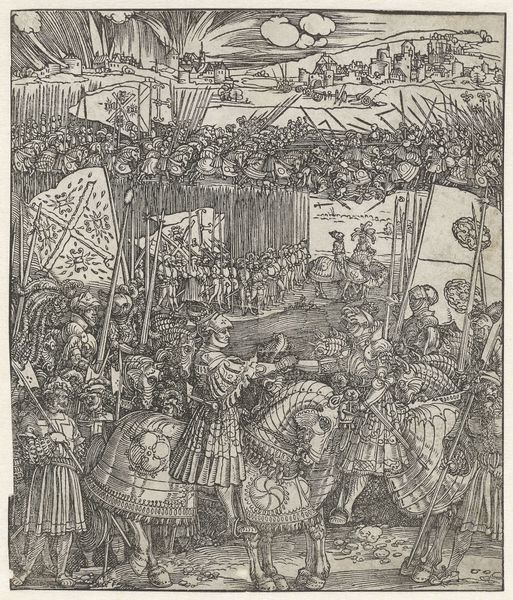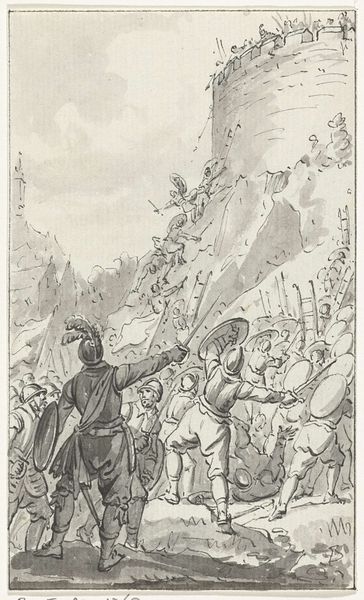
tempera, painting
#
narrative-art
#
tempera
#
painting
#
asian-art
#
landscape
#
figuration
#
geometric
#
naive art
#
orientalism
#
islamic-art
#
genre-painting
#
miniature
Copyright: Hossein Behzad,Fair Use
Curator: Hossein Behzad’s "Game of Polo," executed in tempera, offers a fascinating window into early 20th-century Iranian miniature painting. Editor: It strikes me immediately as something of a tapestry or textile design. The repeated figures and stylized landscape have a distinctly patterned quality. I wonder about the labor involved in creating such intricate details across the entire surface. Curator: Absolutely. Behzad's revival of classical miniature techniques aimed to create a distinctly Persian modernism, countering Western artistic dominance at the time. The choice of polo as subject also taps into historical royal patronage. Editor: Yes, and that act of playing polo suggests much more than aristocratic leisure. Tempera, being a traditional medium, speaks to its availability. Were the pigments sourced locally? How does the physical handling of such refined materials affect the artist’s perspective? The production process shapes what this imagery meant. Curator: Precisely. The flattened perspective and meticulous details served to legitimize and showcase a stylized depiction of courtly life, appealing to both Iranian elites and Western audiences interested in "Orientalism". This piece, beyond depicting a simple game, presents an idealized Persian identity on the world stage. Editor: Though I remain skeptical of “idealized identities”. Were there more readily available papers for this painting surface at the time, perhaps locally manufactured or sourced through trade, impacting its scale and the artists mark making capabilities? It all contributes to the object we’re considering today and its many lives across contexts. Curator: Undoubtedly. The visual language here underscores cultural and political aspirations. Think about the geometric arrangements which create a sense of order within the perceived exoticness and pageantry presented. Editor: Looking closer, the way Behzad organized repeated patterns of the players across the work has more to tell. Polo grounds and horsemanship held significance for trade and transport. Curator: Indeed, such details create dialogue around Iran’s negotiation of its identity and the museum world in the twentieth century, where the rise of nation-states occurred amidst colonial legacies. Editor: Ultimately, studying materials and historical practices allows us to engage in a very tactile discourse. Curator: It really prompts us to question not just what we see, but what socio-cultural values are embedded in the art itself.
Comments
No comments
Be the first to comment and join the conversation on the ultimate creative platform.
